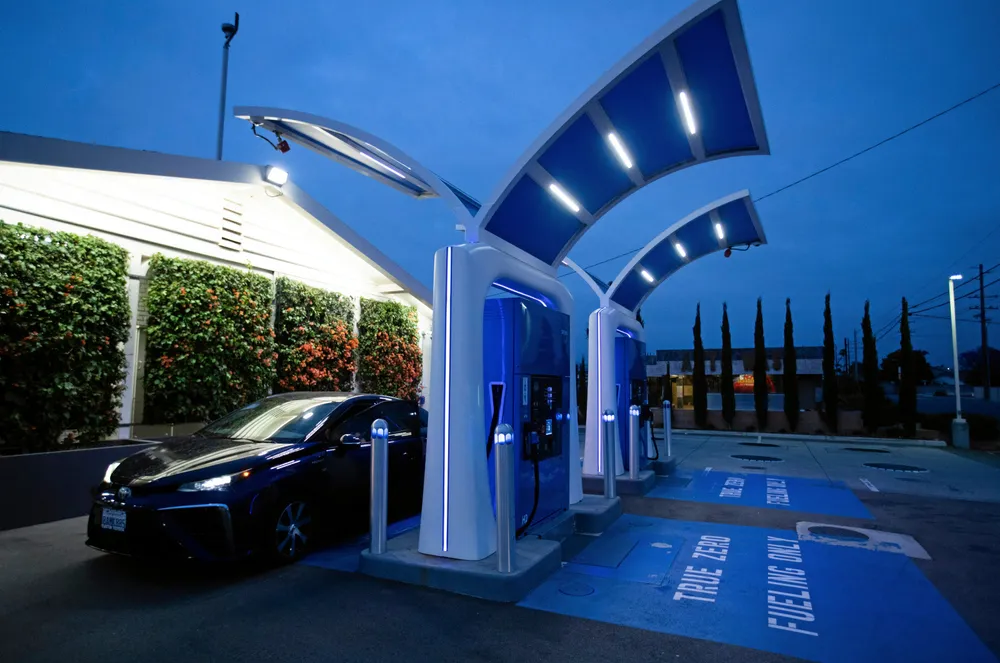California reduces funding support for hydrogen filling stations after warnings of stranded assets
Lawmakers sign off compromise amendment that would still provide about $15m a year until mid-2030 — although there is a get-out clause

Lawmakers sign off compromise amendment that would still provide about $15m a year until mid-2030 — although there is a get-out clause
